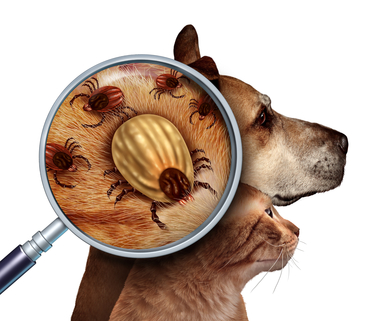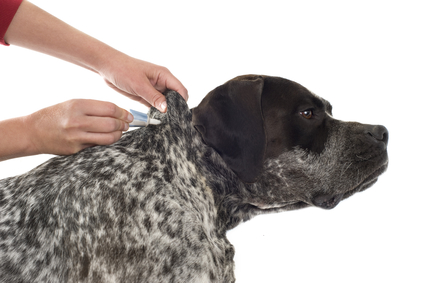What To Do When Ticks Attack Your Pets
One of the reasons to have a pet is for companionship. Your dog or puppy, cat, or kitten can also be a wonderful playmate for your children. It goes without saying that you want your pets healthy and strong. However, while playing or taking a walk, your pets may be exposed to various kinds of harm, including pests. The tick, for example, is one such threat. While it’s overambitious to imagine a world without ticks, it would be more beneficial to have the skills to deal with a tick attack when it happens. This post will do just that for you.
How do you know your pet has been attacked?

Unfortunately, pets don’t have the ability to speak to you. However, there is a way you communicate with them. There are some symptoms that can signal to you that your dog has been hit. The following post describes them:
Brown dog tick symptoms may include irritation of the skin or anaemia, while for paralysis tick symptoms, you may notice one or more of the following signs (It usually takes three days or more after a paralysis tick attaches before signs develop):
-
A loss of coordination in the hind legs (wobbly or not being able to get up) which may progress to paralysis.
-
A change in voice or bark.
-
You may notice your dog vomiting after a tick bite.
-
Retching, coughing or loss of appetite.
-
Laboured breathing or rapid breathing.
-
You may notice that your dog is lethargic after a tick bite. Read more at NexGard
It wouldn’t be difficult to notice a change in behavior for a pet you know so well. Don’t ignore any subtle signs.
What is the first aid for your dog?

If you notice any of the signs above and can’t rule out the possibility of a tick bite, then it’s time to do a thorough check-up. Examine your dog and get rid of the tick. (Ideally, checking your dog for tick bites should be regular.)
To remove a tick from your dog, first locate a clean pair of fine-point tweezers. Next, pull the hair away from the surrounding bite region and place the tweezers as close to the dog’s skin as possible, carefully clamping down on the tick. Pull straight out (no twisting) with gentle pressure until you feel the tick loosen its grip and you can pull it away from the skin. Try not to grip the tick too tight so that you puncture its body, potentially releasing blood and pathogens.4 And never try to burn it away with a lighted match, as doing so may cause the tick to release more saliva (and toxins) into your pet. Once the tick is removed, place it in a sealed plastic bag or a jar of alcohol and call your vet for inspection and identification. Finally, clean the wound with alcohol and place a small amount of topical antibiotic on the wound. Read more at The Spruce Pets
This is just the first step. You still need to go a step further to ensure all is well with your dog.
How do you find out if your dog has Lyme Disease?

Just like you would need some diagnostic tests to find out if you have any infection, your dog needs the same. The following post explains how this is accurately done:
Diagnosis is made by a combination of history, physical signs, and diagnostics. For dogs, the two blood tests for diagnosing Lyme disease are called the C6 Test and Quant C6 test. Veterinarians perform both.
The C6 test detects antibodies against a protein called “C6”. Presence of the antibodies suggests an active Lyme infection. The C6 antibodies can be detected three to five weeks after an infected tick bites a dog and may be found in the bloodstream even before the dog shows signs of illness.
The next step is to do a Quant C6 test. This, along with urinalysis will help determine if antibiotic treatment is necessary. Read more at AKC
With a good veterinarian, your dog should be on the way to great health again. But you wouldn’t want a repeat of the experience. And that’s where the pest control experts come in.
At Backyard Bug Patrol, we hate bugs! And we have an organic barrier spray program that will not only kill ticks on contact but also goes deep into your yard’s foliage, creating a lasting barrier against ticks. So, call in the experts and we’ll be right there for you!
Related posts:
- Simple Ways To Outwit The Ticks and Keep Your Family Lyme-Free
- Ticks Are Bad News For Your Pets – Here’s What To Do About Them
- You’re Likely To Encounter These Three Types Of Ticks In Maryland
- Facts About The Tick Life Cycle You Probably Didn’t Know
- “Watch Out For Ticks In This Season”- True or False?
